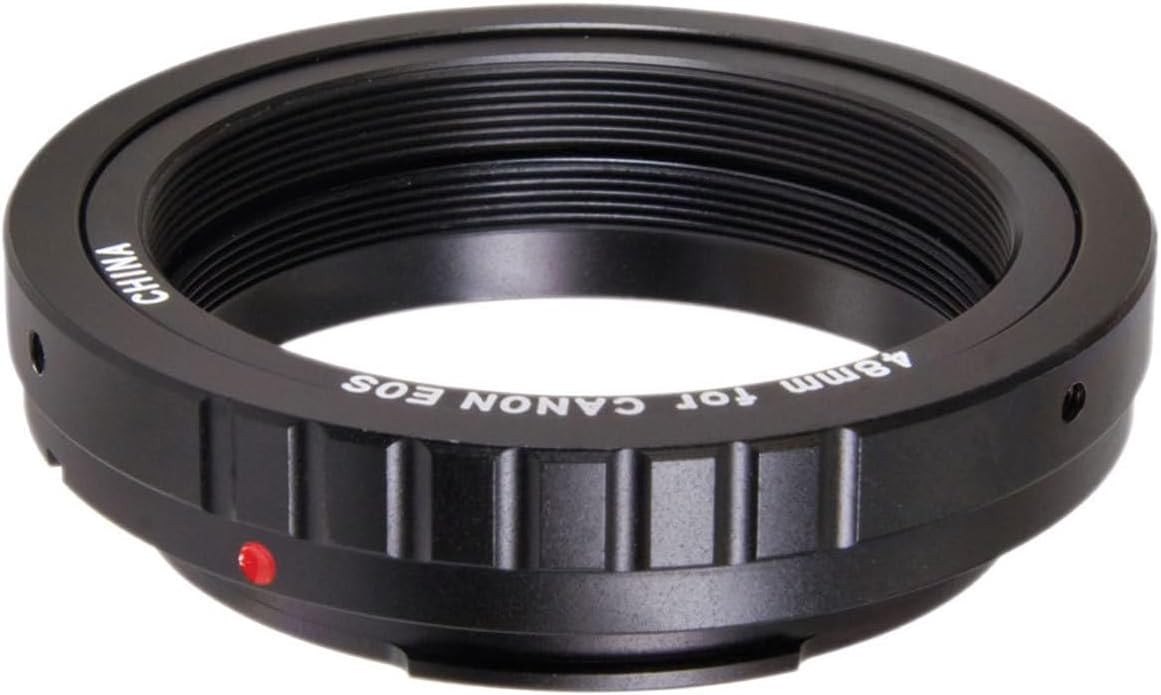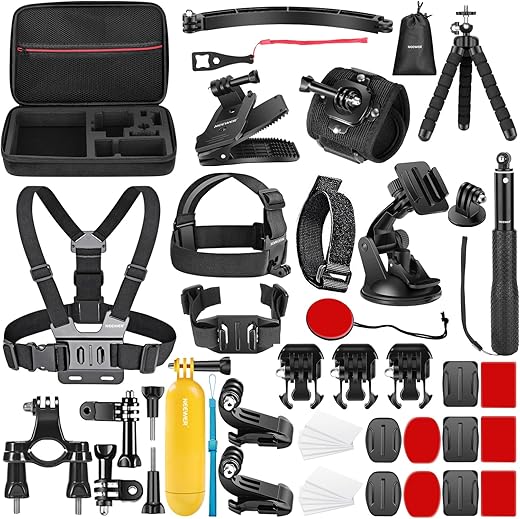
How to adjust polarized sunglasses?
In this guide, we will walk you through the process of adjusting your polarized sunglasses with empathy, so you can enjoy clear vision and maximum comfort in bright conditions.
Top-selling shades for sunny days



Inspect the sunglasses
Inspect the Sunglasses
To ensure the sunglasses are in good condition, follow these steps:
- Examine the sunglasses for visible signs of damage or misalignment: Carefully look over the entire pair of sunglasses, paying close attention to the frame, hinges, and lenses. Look for any cracks, loose parts, or scratches on these components.
- Check the frame: Inspect the frame for any cracks or signs of wear and tear. Look for any areas that appear misaligned or bent. If the frame is damaged, it may affect the fit and durability of the sunglasses.
- Inspect the hinges: Pay attention to the hinges and make sure they are intact and functioning properly. Check if the hinges are loose or if there is any excessive movement when opening or closing the sunglasses. Faulty hinges can affect the comfort and stability of the sunglasses.
- Examine the lenses: Thoroughly inspect the lenses for any scratches, chips, or other imperfections that may obstruct your vision. Scratched lenses can reduce the clarity of your view and compromise the purpose of the sunglasses.
Remember, starting with sunglasses that are in good condition is essential for optimal performance and protection. Regular inspection ensures you can catch any issues early on and address them accordingly.


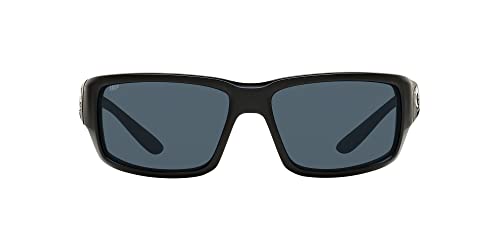
Identify the adjustment points
- Look for the hinges and nose pads: to identify the adjustment points on your sunglasses, start by examining the hinges and nose pads. These are the primary areas that can be adjusted to customize the fit of your sunglasses.
- Adjust the temple arms: if you find hinges on your sunglasses, you can adjust the temple arms. Hold the hinge firmly and gently bend the temple arm inward or outward to achieve a comfortable fit around your ears.
- Customize the nose pads: in case your sunglasses have nose pads, you can adjust them for a better fit on your nose. Grasp the nose pads firmly and move them closer together or further apart until they sit comfortably on your nose bridge.
- Experiment and try again: keep in mind that adjusting sunglasses may require some trial and error. Take your time, make small adjustments, and test the fit after each adjustment until you achieve the desired comfort and fit. Remember, everyone’s face is unique, so what works for others may not work for you.
Adjust the temple arms
Hold the sunglasses with both hands. Gently bend the temple arms inward or outward as needed. Avoid applying too much force to prevent damaging the frame. Adjust the temple arms until they fit comfortably around your ears without causing discomfort or pressure.
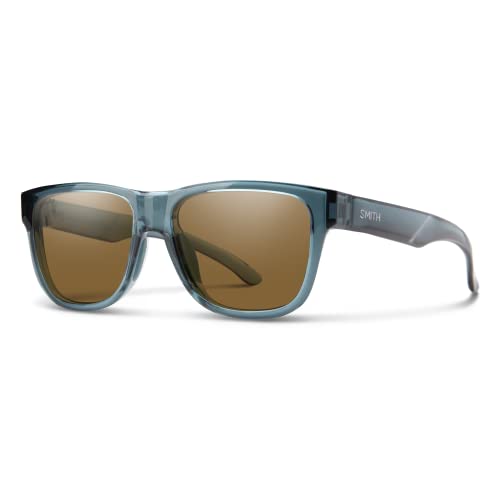
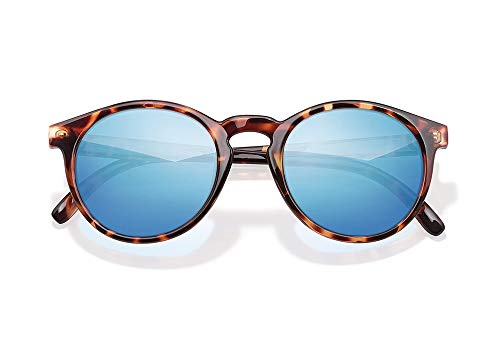
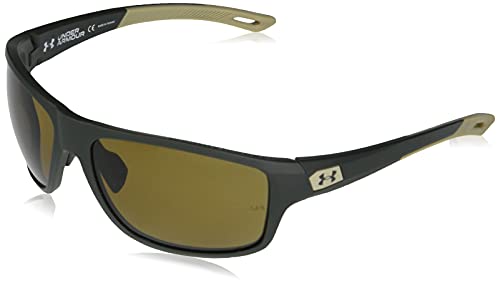
Adjust the nose pads
- Gently press or squeeze the nose pads with your fingers to adjust their position.
- Move the nose pads closer together or further apart to achieve a comfortable fit on your nose.
- Ensure that the sunglasses sit securely on your face without slipping or causing any discomfort.
Test the fit
- Put on the sunglasses and inspect the fit in a well-lit area: Ensure you are in a place with good lighting and wear the sunglasses. Stand in front of a mirror or ask a friend to examine the fit from different angles.
- Look for any gaps between the sunglasses and your face: Check for any spaces between the sunglasses and your temples, cheeks, or nose. For instance, see if light is passing through the sides of the frame or if you can insert a finger between the nose pads and your nose.
- Repeat the previous steps to make further adjustments if there are gaps: If you notice any gaps, follow the adjustment steps mentioned earlier to modify the sunglasses accordingly. For example, try bending the temples inward or adjusting the nose pads to achieve a closer fit against your face.
- Ensure the sunglasses rest comfortably on your nose and provide full coverage of your eyes: Once you have made the necessary adjustments, ensure that the sunglasses sit comfortably on the bridge of your nose without causing any discomfort or pinching. Also, ensure that the lenses cover your eyes completely, offering adequate protection from all angles.



Verify polarization alignment
- Hold the sunglasses in front of a reflective surface, such as a mirror or water.
- Slowly tilt the sunglasses while looking at the reflection.
- Observe the glare and pay attention to any changes as you tilt the sunglasses.
- If the polarization is aligned correctly, the glare should decrease or disappear at certain angles.
For example:
- Hold the sunglasses in front of a mirror.
- Start by positioning them straight and parallel to the mirror’s surface.
- Slowly tilt the sunglasses while keeping your eyes focused on the reflection.
- Notice how the glare or reflection of light decreases or completely disappears as you reach a certain angle.
- Repeat the process using a water surface to ensure consistent alignment.
Remember, proper polarization alignment is essential for optimal glare reduction and sunglasses functionality.
Clean and maintain
- Regularly clean your polarized sunglasses using a microfiber cloth and lens cleaner specifically designed for sunglasses.
- Avoid using harsh chemicals or abrasive materials that could damage the lenses.
- Store your sunglasses in a protective case when not in use to prevent scratches and damage.
Seek professional assistance if needed
If you encounter any difficulties or are unsure about adjusting your sunglasses, seek assistance from a professional optician or sunglasses retailer. They can provide expert guidance and ensure that your sunglasses are adjusted correctly.
For example, if you find that your sunglasses are too loose and keep sliding down your nose, visit a professional optician or sunglasses retailer. They will be able to examine your sunglasses and determine the best course of action to make them fit more snugly. They may adjust the nose pads or temples to ensure a comfortable and secure fit.
Similarly, if you notice that your sunglasses are too tight and causing discomfort, it is advisable to seek professional assistance. A trained optician or sunglasses retailer can assess the situation and make appropriate adjustments. They may widen the temples or nose pads to relieve pressure and provide a more comfortable wearing experience.
Remember, seeking professional assistance is crucial in cases where you are unsure how to properly adjust your sunglasses. Opticians and sunglasses retailers have the knowledge and expertise to ensure that your sunglasses fit correctly and provide maximum comfort and protection.
Final Thoughts
In conclusion, mastering the art of adjusting polarized sunglasses not only ensures a comfortable fit, but also guarantees optimum protection against glare. By implementing these simple steps, you can enhance your visual experience and fully enjoy your outdoor activities. So go ahead and get your sunglasses in perfect shape for the ultimate eye protection and style. Happy adjusting!
Necessary Equipment

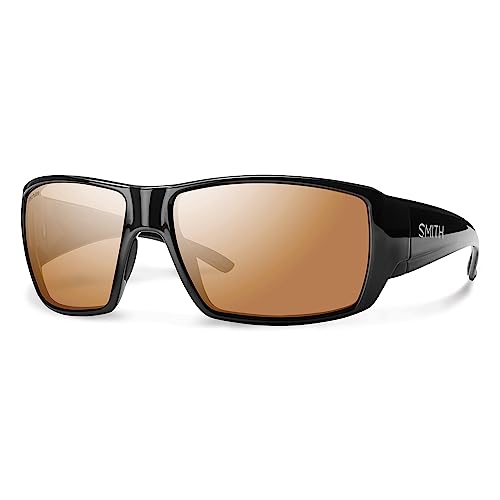
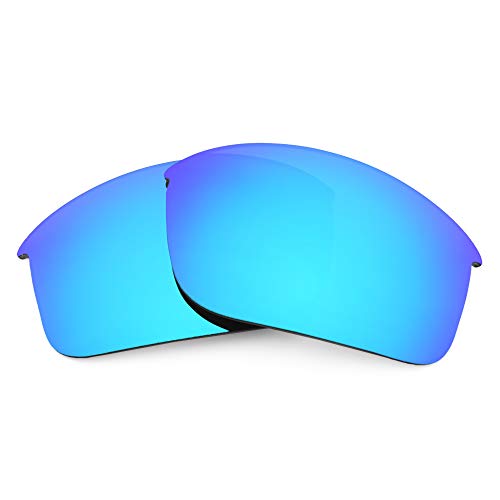



Maximizing Lens Clarity
How to Customize the Fit of Plastic Frames? | Firmoo.com
How to effectively use your polarized sunglasses
- Choose the right pair of polarized sunglasses: Look for sunglasses that specifically mention “polarized” on the label or product description
- Put them on properly: Hold the sunglasses by the temples (arms) and place the lenses in front of your eyes. Make sure the temples are comfortably resting on your ears
- Look for the polarization effect: Rotate your head from side to side or tilt it up and down while keeping your eyes on a reflective surface. You will notice a significant reduction in glare and clearer vision in certain angles
- Wear them outdoors: Polarized sunglasses are specifically designed to be worn in bright sunlight and outdoor environments. Use them when you are exposed to intense sunlight, such as during outdoor activities like hiking, fishing, or driving
- Take care of your polarized sunglasses: Keep them in a protective case when not in use to avoid scratches and damage. Clean the lenses regularly with a microfiber cloth or lens cleaner to maintain their effectiveness. Avoid leaving them in extreme heat or exposing them to harsh chemicals
Frequently Asked Questions about Polarized Sunglasses
Are all polarized sunglasses the same, or are there different levels of polarization?
There are different levels of polarization in sunglasses. While all polarized sunglasses block out horizontal glare, there are varying degrees of polarization effectiveness. Some sunglasses may have a lower level of polarization, which means they reduce glare to a lesser extent than others. Higher-quality polarized sunglasses typically offer a greater level of polarization, providing better protection against glare from reflective surfaces such as water, snow, or glass. Therefore, not all polarized sunglasses are the same, and the level of polarization can vary between different brands and models.
Are polarized sunglasses suitable for all outdoor activities?
Polarized sunglasses are generally suitable for most outdoor activities. The polarized lenses effectively reduce glare caused by sunlight reflected off flat and smooth surfaces such as water, snow, or glass. This feature helps enhance visual clarity, reduces eye strain, and provides a more comfortable viewing experience. Therefore, they are particularly beneficial for activities like fishing, boating, skiing, driving, or any other outdoor pursuits in bright conditions. However, it’s important to note that in some specific situations where precise color perception is required, such as certain sports or activities, non-polarized sunglasses may be preferred. Ultimately, the suitability of polarized sunglasses for outdoor activities depends on individual preferences, needs, and the specific nature of the activity.
Are there any disadvantages or limitations to using polarized sunglasses?
Yes, there are a few disadvantages or limitations to using polarized sunglasses.
- Reduced visibility of LCD screens: Polarized lenses can make it difficult to see certain types of LCD screens, such as those found on some car dashboards, ATMs, gas pumps, or some digital screens. This occurs because polarized filters may interfere with the light polarization of these screens, causing distortion or complete blockage of the display.
- Limited use for winter sports: Polarized sunglasses may not be suitable for certain winter sports activities like skiing or snowboarding. This is because they can reduce the visibility of icy patches or glare on the snow, potentially creating hazardous conditions.
- Reduced contrast in certain situations: In some situations, polarized sunglasses can reduce contrast, making it harder to see details in certain environments with low light conditions. This can include activities like driving at night or in foggy weather, where polarized lenses may not be the best choice.


